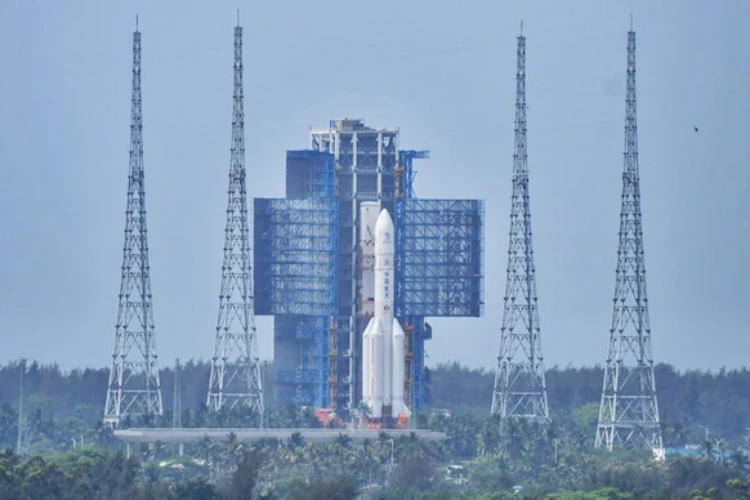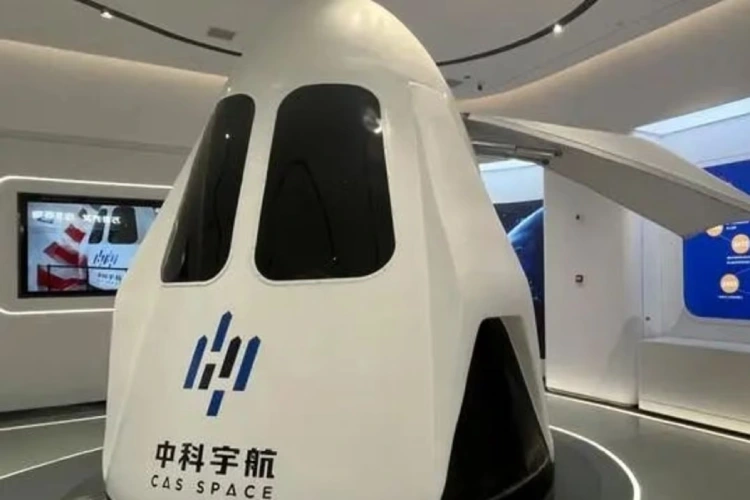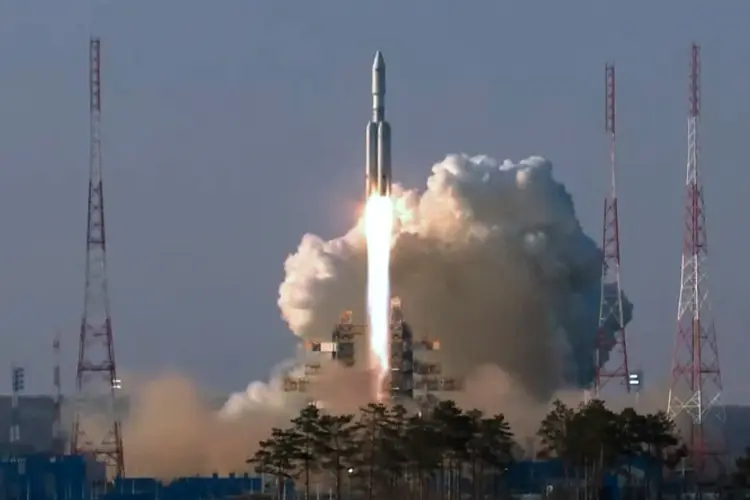
On Thursday, Russia has achieved a successful launch of the Angara-A5 rocket from the Vostochny Cosmodrome. This launch, following a string of technical setbacks that resulted in the cancellation of two earlier attempts, underscores the intimidating challenges encountered in the realm of high-stakes space technology.
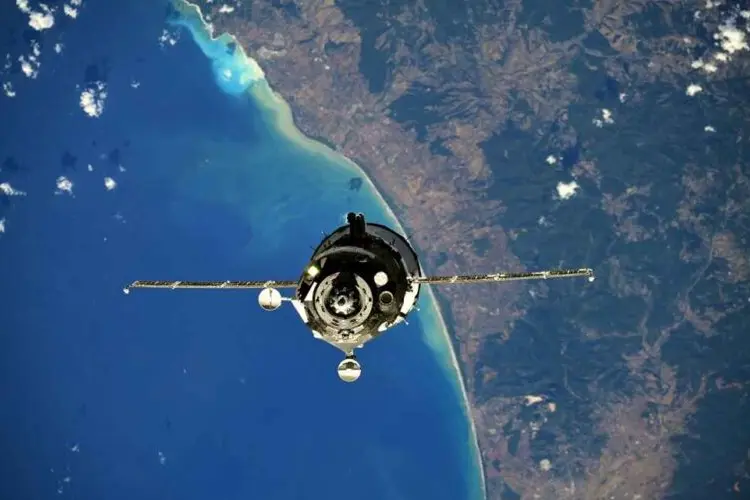
Nestled within the forests of the Amur region in Russia’s Far East, the Vostochny Cosmodrome buzzed with anticipation as the Angara-A5, a powerful rocket engineered to transport payloads exceeding 20 tonnes into orbit, ascended into the sky.
This incident signifies a significant juncture for Russia, demonstrating its space ambitions in the post-Soviet era and emphasizing the increasing importance of the Vostochny Cosmodrome in its space exploration initiatives.
Some technical issues had hindered the mission’s advancement, as the initial two launch endeavors were called off at the last minute due to a problem with the pressurization system of the oxidizer tank and a malfunction in the engine launch control system.
These challenges highlighted the intricate nature of space missions and emphasized the utmost importance of ensuring that all systems are functioning properly for a successful launch.
The successful launch of the Angara-A5 not only showcases Russia's technological prowess but also marks a significant milestone in the country's space program.
The Angara series of rockets, crafted as successors to the Soviet-designed Proton rockets, plays a significant role in Russia’s endeavor to attain autonomy in accessing out space and to reduce dependence on the Baikonur Cosmodrome in Kazakhstan.
1. CONCLUSION
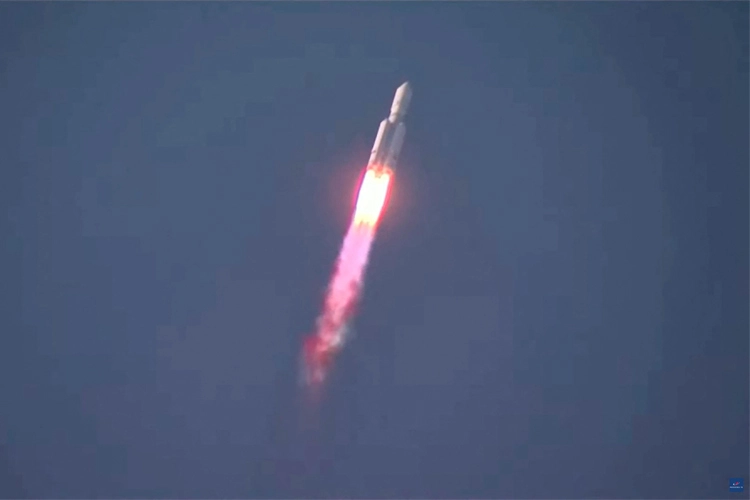
Amidst the anticipation and technical issues, the successful launch of the Angara-A5 rocket stands as a testament to Russia's resilience and ingenuity in the realm of space exploration. With each successful launch, Russia solidifies its position as a key player in the global space race, while also paving the way for future advancements in space technology.
As the Angara series continues to evolve, it symbolizes Russia's commitment to innovation and progress in shaping the future of space exploration. With the Vostochny Cosmodrome at the forefront of these endeavors, Russia embarks on a new era of space exploration, propelled by determination, expertise, and the spirit of discovery.
Continue Reading...

